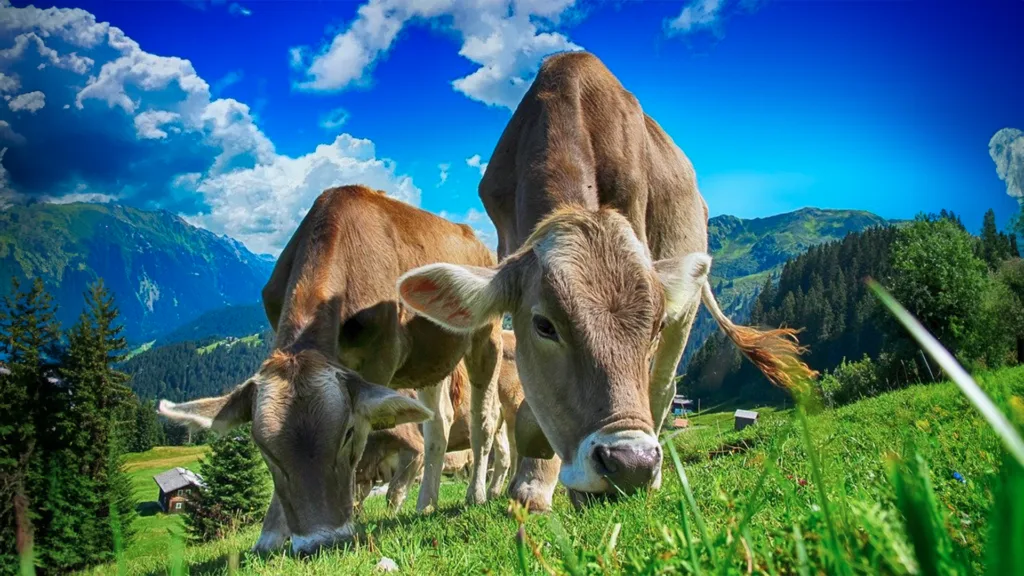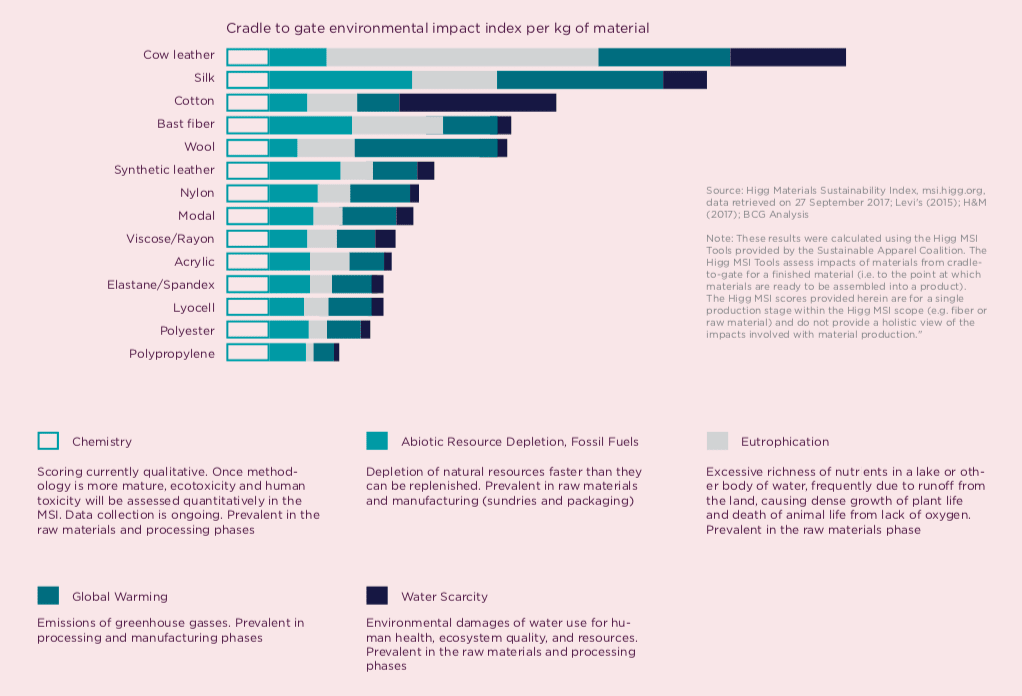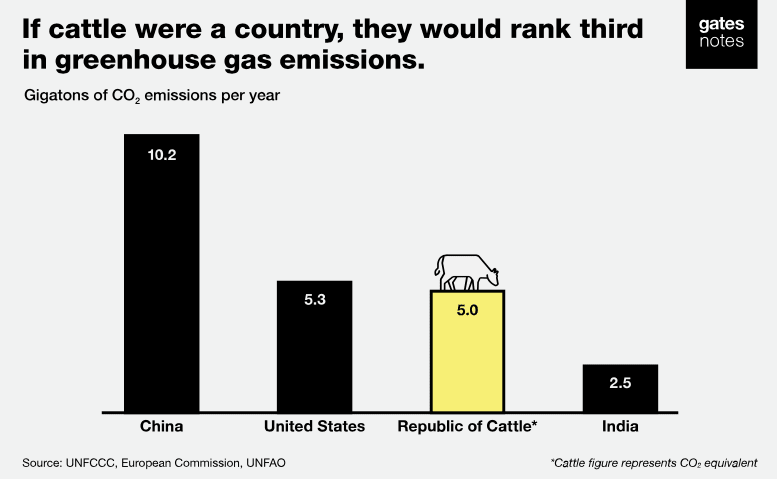Up to 50% Clearance Clothing & Footwear + Extra 25% Off REI Outlet.

Leather is everywhere in the outdoor industry: boots, bags, climbing shoes, even decals and zipper pulls on backpacks and jackets. But why? For ages, leather has been the material of choice for sturdy, “natural,” durable gear that lasts. But now that other materials are available, do we really need leather? And is leather sustainable? While many in the industry would say yes, citing that it came from nature and will eventually biodegrade back to nature, leather is far from natural and neither sustainable nor environmentally responsible. But how does it stack up against competitors and substitutes like synthetic materials and faux leather? We’ll break it down and take a look at why you might want to ditch leather.
Is Leather Sustainable: The Environmental Impact of Leather
Many in the leather, fashion, and outdoor industries claim that leather is not only sustainable but natural. After all, it comes from nature (a cow) and most things that come from nature biodegrade back into nature at the end of their lives. But that’s far from the truth when it comes to leather. Leather is not simply the wholesome skin of what was once a happy cow: it’s processed using buckets of toxic chemicals and copious amounts of water, neither of which are good for the environment. Sure, some brands are striving to develop processes that reduce the number of harmful chemicals and water required, but that’s only half the issue (probably more like 1/4 the issue).
Because let’s not forget where leather comes from: cows. As in the factory farming industry. And the meat production industry is one of (if not the one) top contributors to harmful greenhouse gases on the planet according to the Worldwatch Institute.
But let’s start with just the process of turning raw cowhide into leather for manufacturing? Here are some statics about the sustainability of leather:

This chart from The Pulse of the Fashion Industry 2017 report produced by Global Fashion Agenda and Boston Consulting Group shows beyond doubt that leather is less sustainable and more resource-intensive than synthetic leather across 5 considerations (you may also notice that wool–here’s why you might want to avoid wool–and silk top synthetics for environmental unfriendliness). Want more data? The comparison chart from the Higg Materials Sustainability Index below compares plant-based leather Piñatex (“Plant based materials” in the image) with cow leather and polyurethane synthetic leather and their respective footprints across multiple categories. The higher the number, the larger the environmental impact.

As you can see, from “cradle to gate” (meaning from the extraction of raw materials to the point where the textile is ready to be assembled into an actual product), cow leather has an unequivocally larger negative impact than synthetic leather materials. But that’s just data from the manufacturing process! This chart doesn’t account for the years cows are alive and contributing to global warming. So let’s also take into account the impact factory farms have on the environment.
For starters, animal agriculture is a–if not the–leading cause of climate change. It is the number one cause of deforestation (and in case you forgot, forests absorb harmful C02 gases), and according to statistics from the United Nations Framework Convention on Climate Change, if cows were a country, they’d be the third-largest greenhouse gas emitter after China and the U.S. When the Worldwatch Institute calculated the emissions not only from livestock in methane and C02, but from farming their feed, forests cleared for livestock and their food (and the C02 those forests can no longer absorb), animal exhalations, and more, they found that livestock are responsible for 51% of global greenhouse emissions; more than planes, cars, industry and power plants combined. And the Food and Agriculture Association of the United Nations (FAO) estimates that cattle make up 65% of livestock sector emissions. That tallies up to far more damage than the manufacturing of cowhide into leather, but must be considered as a whole (production and manufacture).

But what about after the garment has reached the end of its life? Is leather sustainable because it biodegrades? Most leather advocates will claim that leather is natural and biodegradable while synthetic materials made from petroleum products are not. However, 90% of leather is tanned using toxic chemicals, which essentially changes its structure and results in a material that biodegrades almost as slowly as synthetics (which means it will be in a landfill for hundreds of years in not more). So leather is still not a sustainable or responsible choice if you’re calculating its impact before and after it becomes a boot or jacket. Or a decorative patch on a backpack.
But not all “faux” leathers are created equal: some manufacturers are using more natural materials that biodegrade much quicker when they’ve reached the end of their useable lives. But more about that in a minute.
The Ethics of Leather
Most of the people out there who argue against leather for ethical purposes are vegetarians or vegans like us. That’s often enough to turn some people off to the argument of ditching leather for ethical reasons, but hear us out: The factory farming industry, from which leather is a byproduct, is a cruel one. Cows are mistreated, milked until their udders explode, torn away from their mothers to live their lives in crates, and crammed into overcrowded living quarters. Slaughtering and processing is even more grisly, with many animals reportedly being skinned alive when dispatching methods aren’t effective. The truth is, you can’t separate the leather industry from the factory farming industry: beef and leather are inseparable and unnecessarily cruel. Even if your designer shoes or watchband claim they’re “ethically sourced.”

Alternatives to Leather
But if leather is unsustainable and you don’t care for petroleum-based products, there are still plenty of options. Many manufacturers are making leather-like textiles out of materials like cork, pineapple skins, mushrooms, and wheat (many are still in development), even rubber, that are even more sustainable than synthetic materials. Just do a quick google search! But the bottom line is this: whatever materials you choose, choose the best that you can from sustainable companies (maybe carbon-neutral outdoor brands), buy quality products that will last (and maybe offer lifetime warranties), repair your gear instead of replacing it, buy used instead of new, and donate or repurpose it when it’s no longer useful.
And if you’re committed to ditching leather but wish your favorite manufacturer would offer an alternative, let them know! They can’t read minds! Drop them a nice email letting them know you love their products, but would love to see more boots/jackets/bags/whatever (including those useless accents and dangly bits that are nothing more than decoration) available in animal-free versions.
•
Want to read more posts about sustainability and materials? Check out our Sustainability Spotlight section!
•
Want a list of leather-free hiking boots? Check out this post!
Alisha is a freelance outdoor journalist and photographer based in Ogden, UT. She loves backpacking, hiking, mountain biking, kayaking and snowboarding (even though she’s terrible at it). She’s also pretty sure she’s addicted to coffee. alishamcdarris.com
